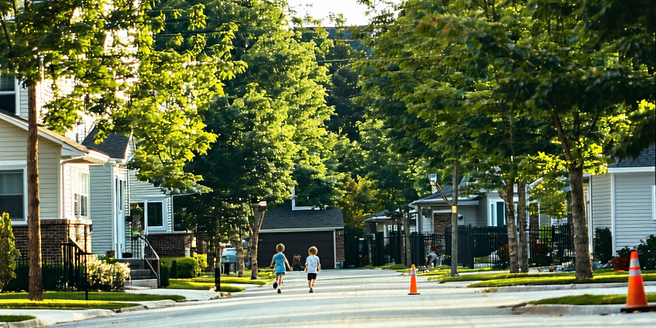Top Affordable Housing Developments

Understanding Affordable Housing Options
Affordable housing options are essential for creating inclusive communities. They ensure that individuals and families with limited income can find safe and suitable living conditions. Non-profit organizations, government-subsidized programs, and public-private partnerships are key players in offering affordable housing. Education and awareness about these resources can significantly empower those in need. Accessibility to reliable information is vital in helping people make informed decisions. By providing various types of housing, such as apartments, townhouses, and single-family homes, these programs strive to accommodate different needs and preferences. Additionally, innovative financing options and assistance for low-income buyers are crucial components. By understanding these options, individuals can navigate through the available resources to find a suitable and budget-friendly home.
Key Features of Budget-Friendly Homes
Budget-friendly homes are designed to provide value while remaining cost-effective. These homes often incorporate energy-efficient appliances, which reduce utility costs over time. Simplified designs and open floor plans optimize space, ensuring functionality without unnecessary expenses. In many cases, these homes are built with sustainability in mind, contributing to a reduced environmental footprint. Quality yet affordable materials, like engineered wood or laminate flooring, are often used to keep costs manageable. Homeowners can also benefit from lower maintenance expenses due to the durability of these materials. Additionally, these homes focus on accessibility and flexibility, providing options for future growth or modifications. Proximity to essential services, like public transport and schools, further enhances their value.
Top Locations for Affordable Living
Affordable living is increasingly prioritized in both emerging and established neighborhoods. Urban areas with good public transportation networks often provide cost-effective living options, as they reduce the need for personal vehicles. Many people are realizing the long-term financial benefits of living in such well-connected areas. Additionally, cities with green initiatives can further minimize living expenses through energy-efficient housing. Moreover, suburban and rural locales present opportunities for affordable housing, often boasting lower real estate prices and a slower pace of life. Cities undergoing revitalization often have new affordable housing developments, turning previously neglected areas into vibrant communities. By exploring these locations, individuals and families can find affordable, secure, and enriching places to call home.
Innovative Designs in Low-Cost Housing
Innovative designs play a crucial role in transforming low-cost housing into desirable living spaces. Architects and developers prioritize sustainable building materials, such as recycled steel and bamboo, to minimize costs and environmental impact. Modular construction techniques, which allow for quick and efficient assembly of prefabricated components, save time and labor expenses. Collaborations between architects and local communities often generate unique solutions tailored to specific needs. Creative spatial designs maximize every square foot, ensuring comfort and convenience. Community involvement in the planning process also ensures that housing meets the needs of future residents. Additionally, adaptable housing designs that accommodate future expansions or alterations add long-term value. These innovations not only reduce costs but also enhance the quality of affordable housing.
How to Secure Affordable Accommodation
Securing affordable accommodation requires strategic planning and research. Start by identifying your budget and preferred living requirements, which include location, size, and amenities. Explore government assistance programs, such as housing vouchers or grants, which can help reduce monthly costs. Engaging with local housing authorities or nonprofits can offer insights into available resources and upcoming developments. Additionally, consider utilizing online platforms that list affordable housing options in your area. Remember to compare costs and benefits when choosing potential living options. It is beneficial to attend housing fairs and networking events to discover opportunities firsthand. Staying informed about market trends and being flexible with your preferences can also increase your chances of finding a suitable affordable home.